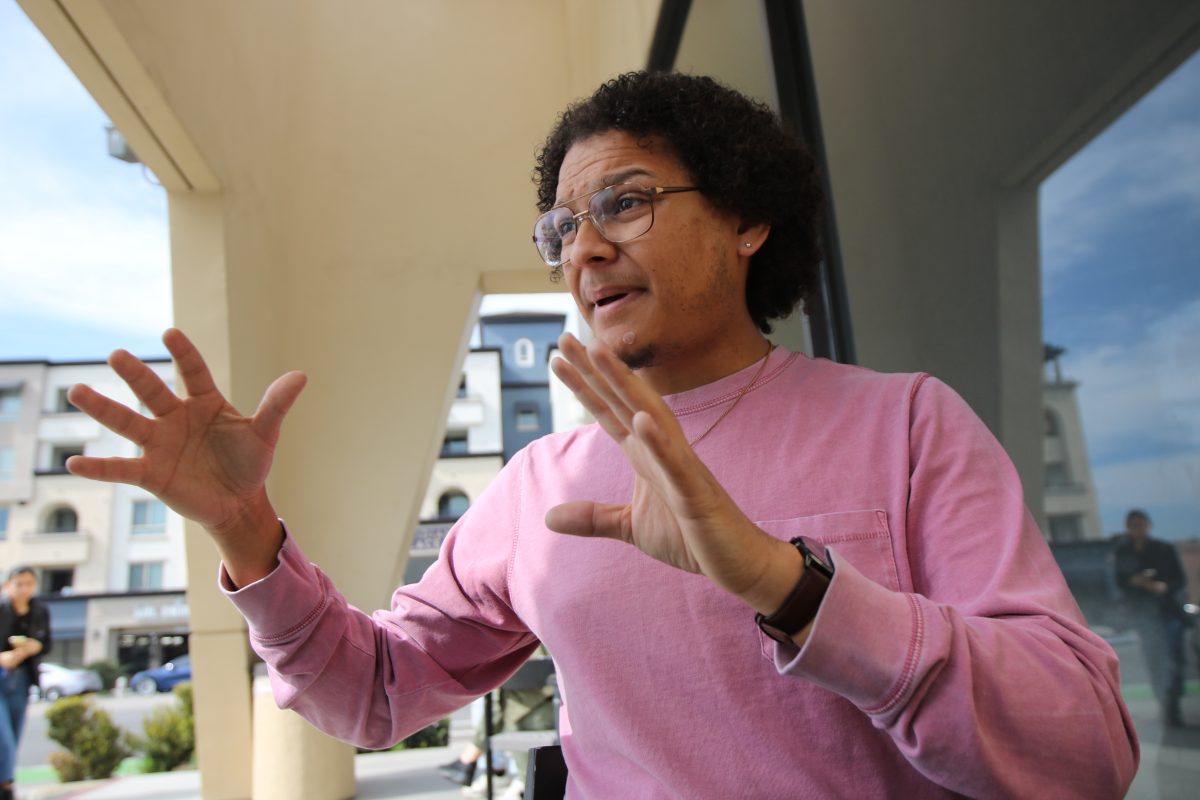“That All May Be One” chronicles the Sisters of St. Joseph of Carondelet. This particular group of nuns started in St. Louis Missouri in 1836 and went on to built their motherhouse in 1840. The sisters started St. Josephs Academy in Missouri and later moved out to different places like Wisconsin, New York and finally to Mount Saint Mary’s in Los Angeles.
“The story to me was indicative of changing times and a shift in values,” said Magdy Rizk, an assistant professor in CSUN’s art department. “The piece speaks of a calling that is diminishing, but the spirit of community involvement and care will still be an ongoing issue.”
The LA Femme Film Festival will be playing “That All May Be One” on Oct. 15. The premier festival focuses on women filmmakers that would like to use the festival as platform for their commercial films to be seen by a larger audience.
“I’m glad the documentary is getting the attention it deserves,” said Elizabeth Sellers, chair and coordinator of commercial and media writing in the music department. “It was satisfying to work on this project and bring to light the great dedication of these women to lives of service to others.”
Kearns explained that her drive to work on this documentary stemmed from an article she read highlighting the decline of individuals interested in joining a nunnery.
“In the fall of 2000, the LA Times did an article about the sisters and their declining numbers and stuff and it was about that order,” Kearns said. “When I saw that I thought, you know if I don’t do something to chronicle this, these people are going to disappear and we are not really going to have a history of them.”
Kearns was able to gain access to the Sisters of St. Joseph of Carondelet through her cousin that belonged to this particular order. The fact that she was not asking for any money and her willingness to tell the story allowed her access to the sisters. During the summer of 2001 she started filming.
In 2000, Kearns gained further interest in the project while visiting her cousin. During that time, the nuns were talking about redoing the motherhouse, which is an old French looking building with a garden in the middle.
The documentary took three years to film and the editing of the documentary was done in 2007.
“My whole goal was to tell the story that nuns are people too,” Kearns said. “They are real people. If you had them in grade school, high school, they were good to you, or maybe you saw them in hospitals and stuff. But they are still alive, still well, but you don’t see them anymore because they don’t where habits.”
The documentary has already been shown at several other film festivals. It was apart of the St. Louis Film Makers Showcase and the St. Louis International Film Showcase in 2008, and it was also at the Catholic Film Festival in Anaheim in February 2009. It has also been screened at CSUN in 2007 and at Mt. Saint Mary’s.
Reflecting on the editing process of the documentary, Kearns explained that the ending of the documentary was set for her, but she wasn’t sure how to begin.
“I knew how I was going to end the film,” said Kearns. “There was a bell that they took off the bell tower and they put it in the church … then she went and rang the bell and then she went out the door and the door shut. And I thought, well I know how this thing ends. I’m not sure how it begins.”
“I think they were really pleased with the way I was able to portray them,” she said.





